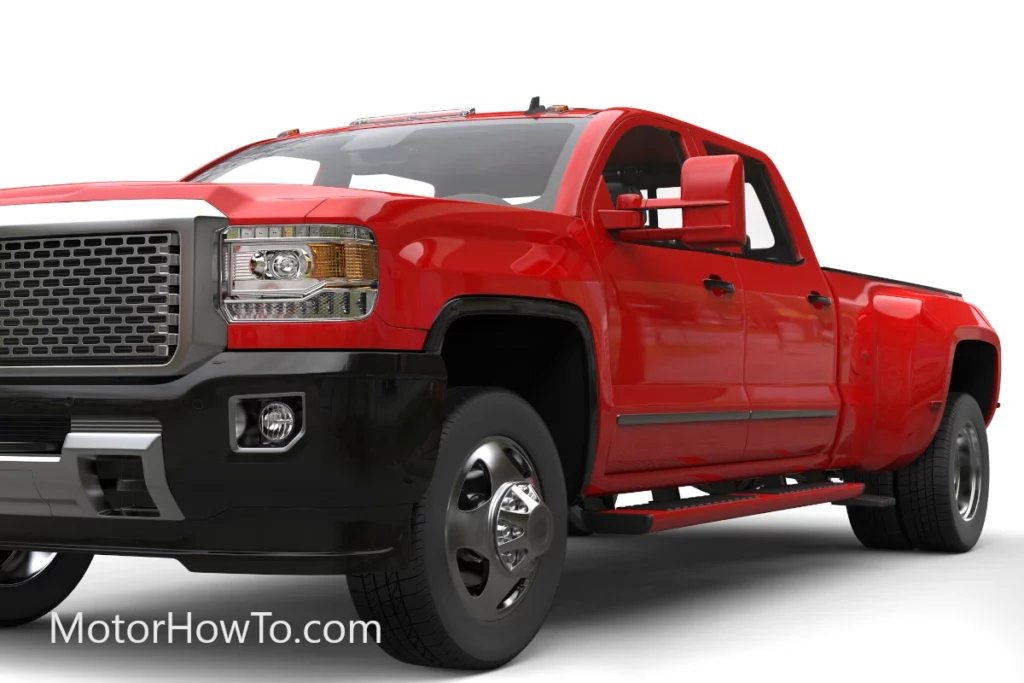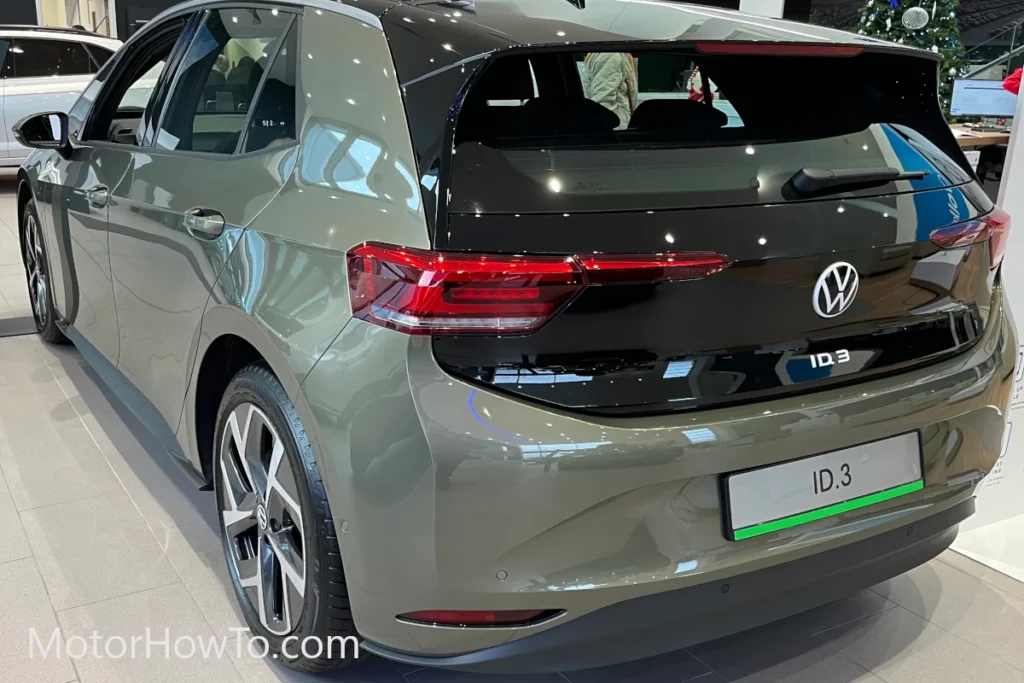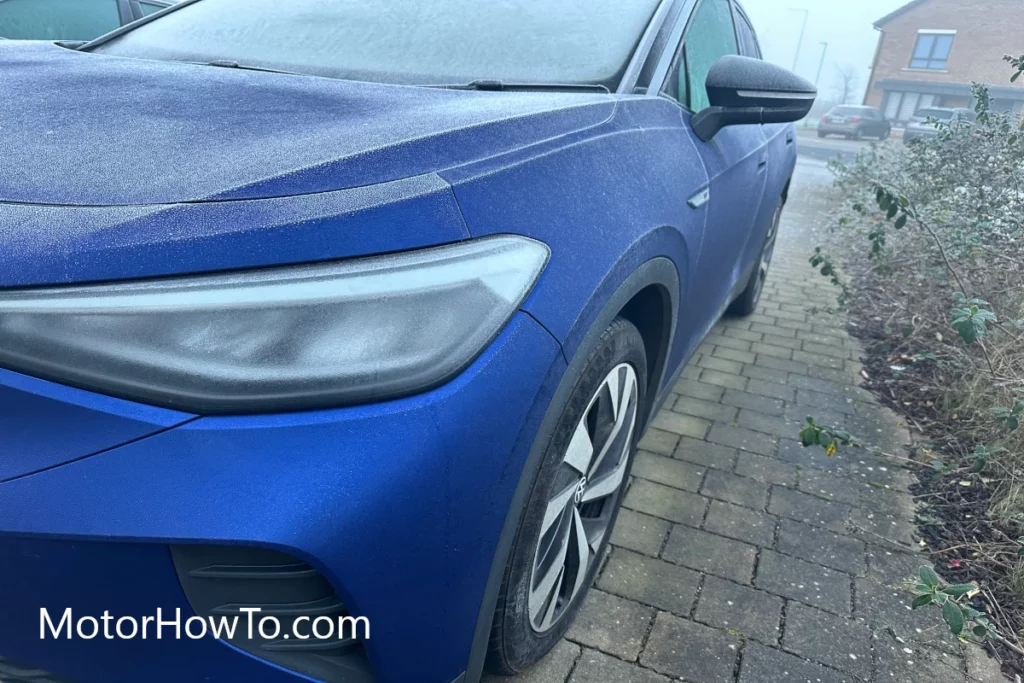Embarking on a deep dive into the world of automotive technology, we turn our attention toward the giants of diesel power for pickup trucks.
The landscape of engine development is vast and multifaceted, dotted with instances of innovation, competition, and evolution.
Within this realm exist two specific entities that have consistently sparked intrigue among enthusiasts and experts alike.
While both LMM and LBZ are dependable Duramax engines, the LBZ, renowned for its raw power and reliability, is preferred by many. The LMM, with its emission equipment, is more eco-friendly but requires more maintenance. It’s a choice between performance and environmental responsibility.
- Exploring the Duramax Legacy: The LMM and LBZ
- LBZ: The Powerhouse of Duramax
- LMM: Bridging Power and Eco-consciousness
- Key Technical Specifications: LBZ vs LMM
- Performance Comparison: LMM and LBZ on the Road
- Maintenance Aspects: LMM vs LBZ
- Environmental Impact: Emission Controls in LMM and LBZ
- Final Thoughts
- Sources

Today, we’ll embark on an explorative journey between these two mechanical marvels, their nuances, their distinctions, and their contributions to the larger tapestry of engine engineering.
Related:
- Best Lift Pump for Duramax (Upgrading Fuel Efficiency & Performance)
- Best Shocks for 2500HD Duramax (Explained)
- Best Oil for Duramax (Comprehensive Guide)
Exploring the Duramax Legacy: The LMM and LBZ
Duramax diesel engines, renowned for their unparalleled performance, reliability, and longevity, hold an esteemed place in heavy-duty trucking and diesel performance.
They are co-developed by General Motors and Isuzu, with the first model introduced in 2001, destined to power GM’s heavy-duty pickup trucks, vans, and SUVs.
This introduction marked the beginning of the Duramax lineage, a series of potent engines that have since gone through multiple iterations and refinements.
Within this lineage, the LMM and LBZ are two stand-out variants, embodying a unique blend of power, performance, and technological advancements.
The LBZ, produced from 2006 to 2007, is one of the most sought-after Duramax engines. Renowned for its raw power, simplicity, and durability, diesel enthusiasts often favor it.
On the other hand, the LMM, which succeeded the LBZ and was produced from 2007 to 2010, is lauded for its strides toward meeting stringent emission standards while maintaining impressive power figures.
Despite their shared Duramax roots, the LBZ and LMM offer diverging interpretations of what a diesel engine can be, providing a fascinating study of the balance between performance, reliability, and eco-consciousness.
LBZ: The Powerhouse of Duramax
The LBZ, produced between late 2006 and 2007, is often called the “golden child” of Duramax engines. It represents the pinnacle of performance and reliability and is frequently regarded as Duramax’s most robust version ever produced.
The LBZ was the last Duramax engine manufactured before new emission standards were introduced, allowing it to maintain a less complicated design without compromising power or durability.
The LBZ engine offers a substantial 360 horsepower and 650 pound-feet of torque, providing substantial towing capabilities. What sets the LBZ apart, besides its raw power, is its renowned reliability.
The engine doesn’t have to deal with complex emission systems and is less likely to experience certain mechanical problems than its successors.
Additionally, the LBZ features an improved fuel system and stronger connecting rods, adding to its reputation for being a robust and dependable powerhouse.
It’s no wonder that the LBZ is often the engine of choice for those searching for a high-performing, durable diesel engine.
LMM: Bridging Power and Eco-consciousness
Introduced in 2007 and manufactured through 2010, the LMM Duramax emerged as a worthy successor to the much-loved LBZ.
While it retained much of the raw power characteristic of its predecessor, the LMM stands apart as the first Duramax engine designed to comply with increasingly stringent emission standards.
It integrated new technology to reduce its environmental impact, bridging power and eco-consciousness in a way unseen in the Duramax lineup.
The LMM boasts an impressive 365 horsepower and 660 lb-ft of torque, providing ample pulling power. However, the real advancement lies in its emissions system.
Equipped with a Diesel Particulate Filter (DPF), the LMM works to reduce the soot emissions typical of diesel engines.
It was also the first Duramax variant to feature a variable-geometry turbocharger, improving the engine’s efficiency.
However, the addition of the DPF system was not without its challenges. The need to periodically clean the DPF through a process known as “regeneration” can lead to higher fuel consumption and additional maintenance requirements.
Nonetheless, the LMM remains a significant milestone in Duramax’s evolution, a testament to the possibility of balancing power and environmental considerations in diesel engine design.
Key Technical Specifications: LBZ vs LMM
The LBZ and LMM, key players in the Duramax lineage, offer different strengths and distinct technical features due to the different design philosophies and regulatory landscapes at their creation.
This divergence is evident when comparing their key technical specifications, which provide valuable insights into their operational efficiency, power, and eco-friendliness.
The LBZ, known for its power and simplicity, has a horsepower of 360 and a maximum torque of 650 lb-ft. It uses a fixed geometry turbocharger and lacks the complex emission systems found in later models.
On the other hand, the LMM, the first Duramax engine to meet new emission standards, boasts 365 horsepower and 660 lb-ft of torque. It also introduced a variable geometry turbocharger for improved efficiency and reduced a diesel particulate filter to lower soot emissions.
| LBZ | LMM | |
|---|---|---|
| Year | 2006 – 2007 | 2007 – 2010 |
| Horsepower | 360 | 365 |
| Torque (lb-ft) | 650 | 660 |
| Turbocharger | Fixed Geometry | Variable Geometry |
| Emission Systems | None | Diesel Particulate Filter |
Performance Comparison: LMM and LBZ on the Road
The on-road performance of both the LBZ and LMM engines makes them compelling choices for different reasons.
The LBZ, with its significant horsepower and torque, is admired for its robust and straightforward performance. It provides consistent power delivery, making it an excellent choice for heavy hauling and towing.
Given its simplicity, it has fewer parts that can fail, leading to generally smooth and hassle-free rides. The absence of emission systems also eliminates the need for regenerative cycles, offering uninterrupted power.
On the other hand, the LMM, while also providing powerful performance, incorporates emission control systems that, although reducing environmental impact, can sometimes interrupt the smoothness of the ride.
The regeneration cycles needed to clean the Diesel Particulate Filter can cause temporary drops in performance and increased fuel consumption.
However, the LMM’s variable geometry turbocharger provides an edge, allowing for more efficient power delivery and better response at different speeds. This can lead to smoother acceleration and potentially better fuel efficiency in certain conditions.
The LBZ offers raw, unencumbered performance, while the LMM presents a balance of power, efficiency, and environmental consciousness.
The choice between them comes down to the driver’s priorities, whether they value straightforward power delivery or a balance of performance and eco-friendliness.
Maintenance Aspects: LMM vs LBZ
Regarding maintenance, the LBZ and LMM Duramax engines present different challenges and considerations, mainly due to their varying designs and technical specifications.
The LBZ, with its less complicated structure, generally requires less intricate maintenance. Without the need to deal with complex emission control systems, many potential issues associated with these systems are sidestepped entirely.
This simplicity also translates into easier and more affordable repairs. Of course, regular maintenance, like oil changes, air filter replacements, and the inspection of key components, remains essential to keep the LBZ running smoothly.
Conversely, the LMM requires more attention due to its inclusion of emission control equipment like the Diesel Particulate Filter (DPF). The DPF needs to be periodically cleaned through a process known as regeneration, which can contribute to increased fuel consumption.
If the DPF becomes clogged and regeneration is not possible, it might need replacement, which can be quite costly. Additionally, LMM engines might require more frequent oil changes due to fuel dilution caused by the DPF regeneration process.
Despite these extra considerations, with diligent maintenance, the LMM can provide reliable performance while meeting stricter emission standards.
Ultimately, while LBZ may have a lower maintenance burden, the LMM represents an investment in environmental responsibility. The choice will often come down to individual preferences and commitment to ecological considerations.
Environmental Impact: Emission Controls in LMM and LBZ
The environmental impact of diesel engines has always been a significant concern, and the Duramax engines are no exception. The LBZ and LMM represent two stages in Duramax’s efforts to balance power and emissions.
The LBZ, being a pre-emissions standard engine, lacks specific emission control mechanisms. While this contributes to its revered power and simplicity, the LBZ also releases more pollutants into the environment, including soot and NOx emissions, which harm air quality and contribute to climate change.
The LMM was introduced when emission standards were becoming more stringent. As a response, Duramax equipped the LMM with a Diesel Particulate Filter (DPF), the first in the Duramax lineup.
The DPF traps soot particles from the exhaust gas, reducing the amount of particulate matter released into the atmosphere. The LMM engine also utilizes a variable geometry turbocharger, improving efficiency and reducing environmental impact.
It’s important to note that the LMM’s more eco-friendly design does come with added complexity and maintenance needs.
Nevertheless, the LMM represents a significant step forward in reducing the environmental impact of diesel engines, a consideration that continues to gain importance in today’s eco-conscious society.
Final Thoughts
In the realm of diesel engines, the comparison between the LMM and LBZ Duramax models has revealed a fascinating narrative of innovation, choice, and evolution.
These two mechanical marvels, born from the Duramax lineage, offer distinct interpretations of what a diesel engine can be, catering to the diverse needs and priorities of drivers.
The LBZ, often celebrated as the “golden child” of Duramax engines, shines brightly with its raw power, reliability, and simplicity. I
t stands as a testament to the pinnacle of performance before the introduction of stringent emission standards.
With impressive horsepower and torque figures, the LBZ is a workhorse engine that doesn’t shy away from heavy hauling and towing. Its absence of complex emission systems ensures uninterrupted power and straightforward maintenance.
In contrast, the LMM represents a leap forward in the pursuit of balancing power and environmental responsibility. It maintains Duramax’s signature power while embracing emission control technology to meet evolving standards.
With innovative features like a Diesel Particulate Filter and a variable geometry turbocharger, the LMM introduces a more eco-friendly ethos into the Duramax lineup.
While this progress contributes to cleaner emissions and greater fuel efficiency, it does require more diligent maintenance, particularly in managing the DPF regeneration process.
The choice between the LBZ and LMM ultimately hinges on individual priorities. For those who prioritize raw power, durability, and simpler maintenance, the LBZ remains an enduring favorite.
On the other hand, the LMM caters to those who seek a balance between performance and environmental consciousness, recognizing the importance of reducing emissions and fuel consumption.
In the ever-evolving landscape of diesel engine technology, the LMM and LBZ stand as milestones in Duramax’s journey, each offering a unique perspective on what it means to power heavy-duty vehicles.
As we move toward a more environmentally aware future, the Duramax legacy continues to adapt, providing choices that align with both power-hungry drivers and those who champion eco-friendliness.
Sources
https://www.duramaxforum.com/threads/lmm-vs-lbz.990459/
https://www.dieselplace.com/threads/lmm-vs-lbz.448337/
https://www.rv.net/forum/index.cfm/fuseaction/thread/tid/26528961.cfm



